12 Winter Horror Films That Bring the Chill Indoors
When the cold weather sets in, there’s nothing better than cozying up with a spine-chilling horror film. Winter settings in horror movies create the perfect backdrop for building tension, with snow-covered landscapes, isolation, and dark, eerie atmospheres. These films take full advantage of the harsh, unforgiving conditions of winter, turning the cold into a character that adds to the terror. Whether it’s psychological suspense, supernatural forces, or survival horror, winter-themed horror movies offer a unique way to experience fear from the comfort of your own home.
This post may contain affiliate links, which helps keep this content free. Please read our disclosure for more info.
The Shining (1980)
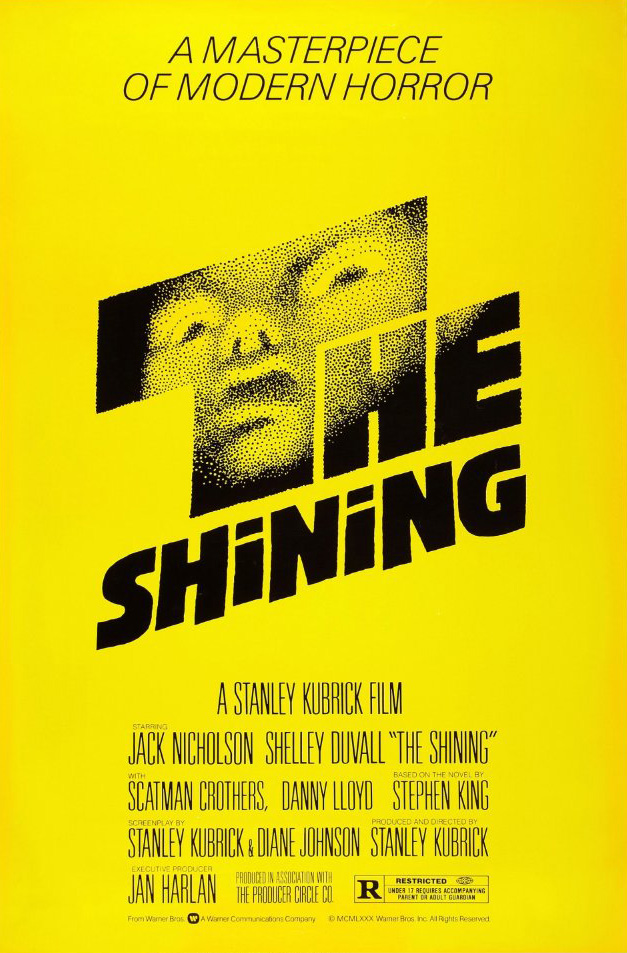
Stanley Kubrick’s The Shining is one of the most iconic psychological horror films. Set in the remote Overlook Hotel during the harsh winter months, the isolation amplifies the creeping madness that overtakes Jack Torrance. The snowbound setting mirrors the suffocating tension, with the cold exterior reflecting the unraveling of the protagonist’s mind. As Jack’s descent into madness becomes more pronounced, the winter environment, with its barren, snow-covered landscapes, feels like a character in itself, isolating, oppressive, and suffocating.
Kubrick expertly uses the winter setting to enhance the sense of dread. The vast empty spaces of the hotel, with its endless corridors and frozen windows, add to the sense of entrapment. The cold, unrelenting winter mirrors his descent, making the audience feel the intense chill both literally and figuratively.
The Thing (1982)
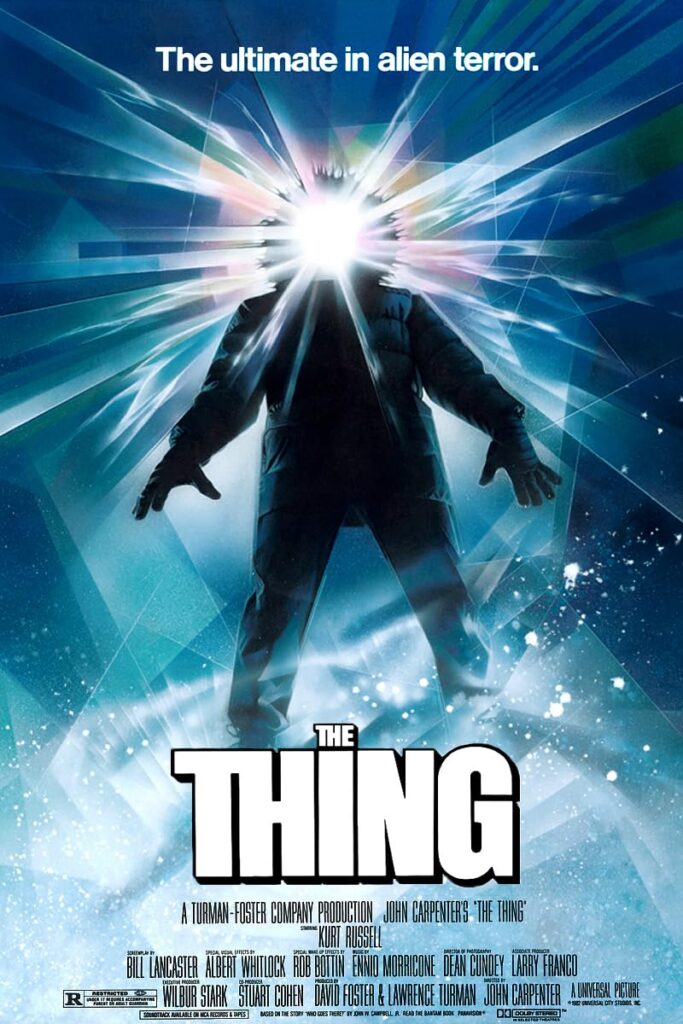
John Carpenter’s The Thing is a masterclass in tension and terror, set in the Antarctic wilderness. The story follows a group of researchers who find themselves trapped in a remote research station with a shape-shifting alien creature. The constant snowstorm outside, paired with the claustrophobic interior of the station, creates a perfect atmosphere for paranoia to take hold. The isolation, intensified by the cold, forces the characters into an ever-increasing state of distrust and fear, which makes the film even more unnerving.
What sets The Thing apart from other horror films is how it uses the winter environment as more than just a backdrop. The sub-zero temperatures outside add a layer of urgency to the situation; if the characters don’t escape, they could freeze to death. The chilling atmosphere is reinforced by the alien’s ability to infiltrate and mimic anyone, creating an untrustworthy environment that plays on the primal fear of being unable to escape danger.
30 Days of Night (2007)
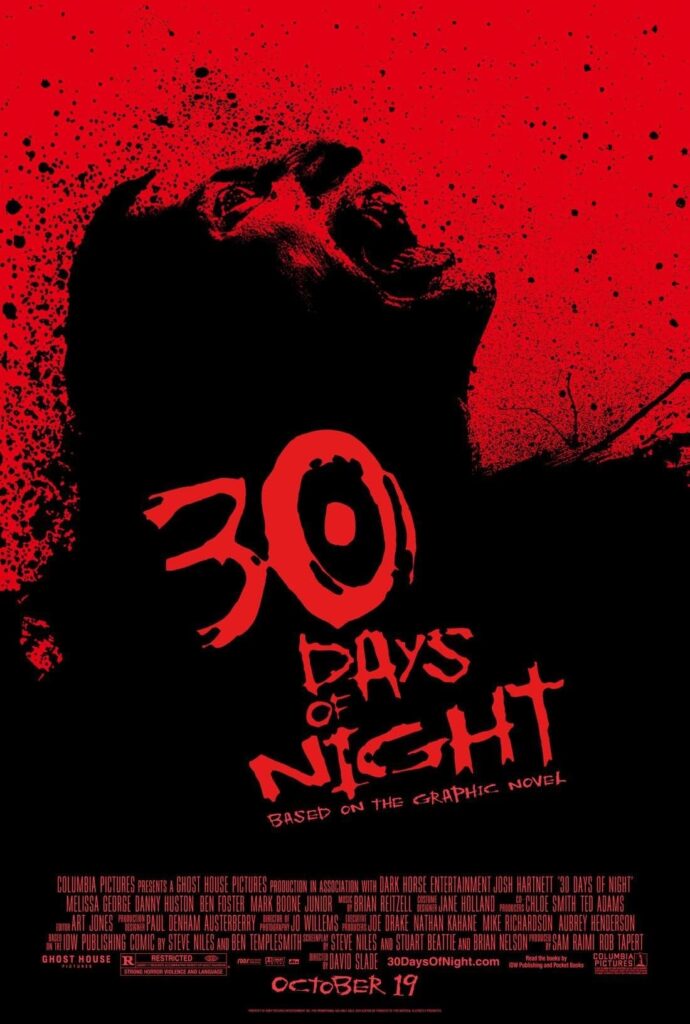
30 Days of Night takes place in the town of Barrow, Alaska, where the sun sets for 30 straight days. This extended night provides the perfect cover for a group of vampires who descend upon the town. The snow-covered setting adds a layer of hopelessness to the characters’ struggle for survival, with the endless darkness and cold creating a nightmarish situation. The isolation of the town, along with the brutal winter conditions, forces the survivors into close quarters, heightening their sense of dread and vulnerability.
The cold is not just a physical challenge but a psychological one. The bitter winter serves as a reminder that there is nowhere to escape; the characters are trapped in a frozen, desolate landscape with creatures that hunt under the cover of darkness. The contrast between the blinding white snow and the inescapable night amplifies the tension, making each encounter with the vampires all the more terrifying.
Misery (1990)

In Misery, a famous author is trapped in a remote, snow-covered cabin with a deranged fan. The winter isolation creates the perfect setting for tension to build, as the protagonist is forced to depend on his captor for survival. The cold, desolate landscape outside contrasts sharply with the warmth of the cabin, making the cabin feel both a sanctuary and a prison. The suffocating isolation and the oppressive silence of the snow-covered wilderness add to the psychological horror, as the protagonist’s captivity becomes more and more unbearable.
The chilling atmosphere in Misery is heightened by the stark contrast between the outside world and the claustrophobic interior of the cabin. The snowstorm outside isolates the characters further, leaving them with no means of escape. The psychological terror, combined with the physical confinement, makes the winter setting a key component of the film’s unnerving tension.
The Lodge (2019)
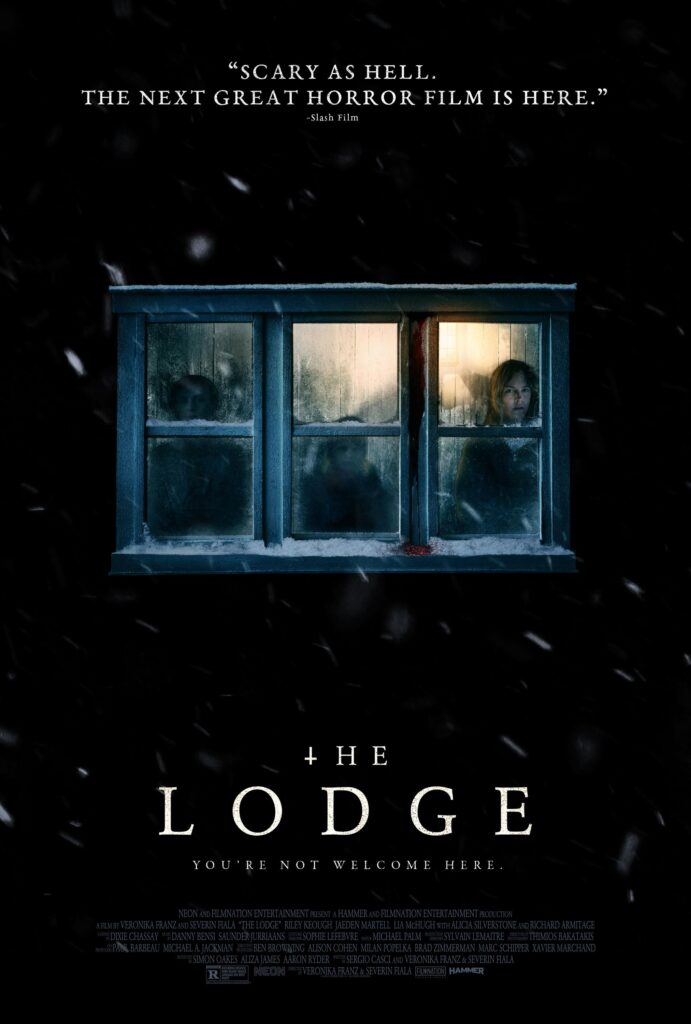
In The Lodge, a woman and her fiancé’s two children find themselves stranded in a remote lodge during a harsh winter storm. The film combines the isolating nature of the cabin-fever subgenre with the cold, eerie atmosphere of a snowbound setting. The isolation, along with the harsh winter conditions, forces the characters to confront their deepest fears and suspicions, as the woman’s troubled past begins to resurface. The snow-covered wilderness outside serves as a constant reminder that escape is impossible, and every moment of the film is fraught with mounting tension.
The cold weather and isolation serve as a psychological catalyst for the characters’ unraveling. With no contact from the outside world and the temperature dropping, the lodge becomes a place where paranoia thrives. The winter environment amplifies the growing sense of dread, as the characters are forced to confront their fears while trapped in an unforgiving, frozen world.
Frozen (2010)
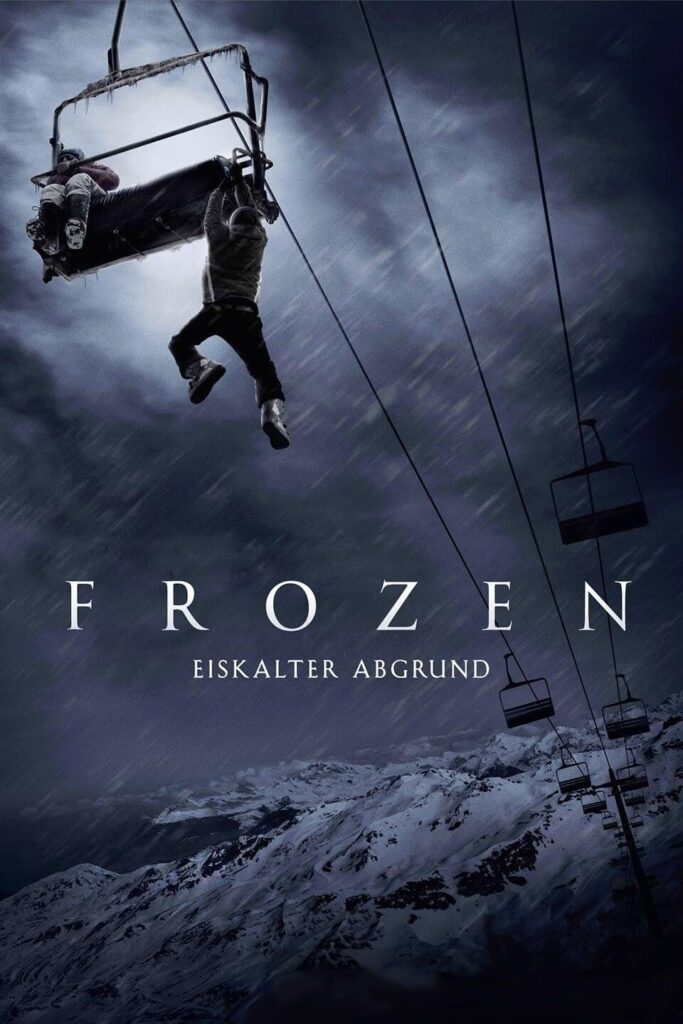
Frozen is a survival horror film set in a ski resort, where three friends are left stranded on a chairlift during a snowstorm. As the cold intensifies, so does the threat, as they face not only the freezing temperatures but also the deadly predators lurking in the snow below. The winter setting in Frozen becomes an antagonist in itself, with the unrelenting cold and the remote location forcing the characters to make increasingly desperate decisions to survive. The isolation and harsh environment make the horror feel immediate and real.
The snow and isolation heighten the stakes, as the characters are trapped in a frozen landscape with no means of escape. The winter conditions, combined with the threat of predators and the looming danger of freezing to death, create a tense, claustrophobic atmosphere. The unforgiving cold serves as both a physical and emotional challenge, making every moment feel even more intense.
The Thing (2011)
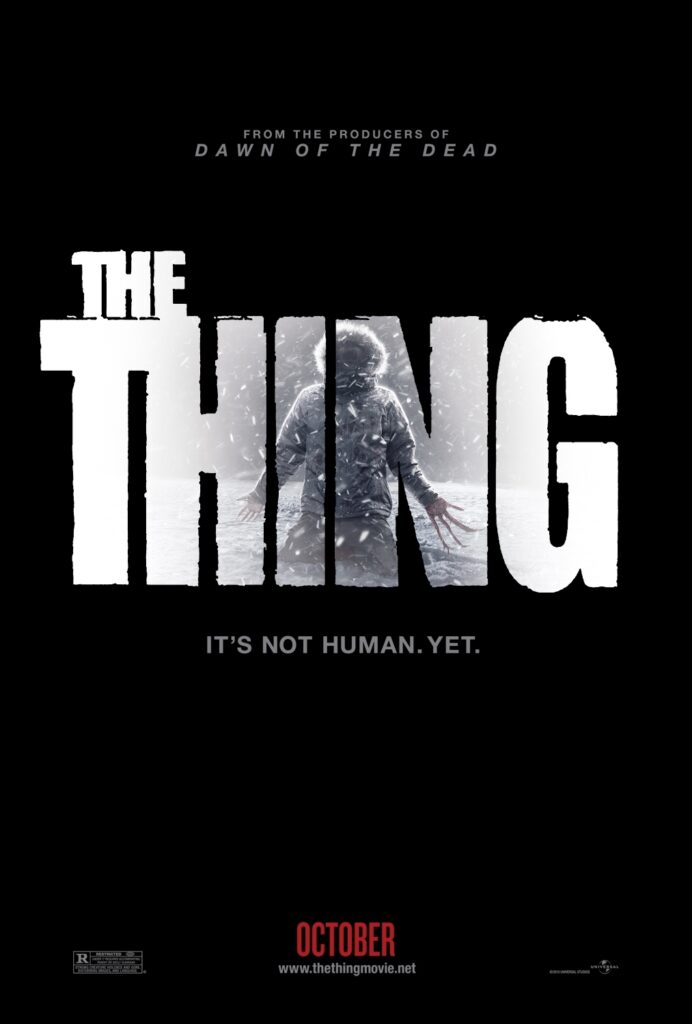
As a prequel to John Carpenter’s The Thing, this film explores the events leading up to the original movie. Set in a Norwegian research station in Antarctica, the crew discovers an alien creature that can imitate its victims. The winter environment plays a key role in intensifying the film’s terror, as the crew is stranded in the middle of nowhere, unable to escape the blizzards and freezing temperatures. The claustrophobic setting, combined with the growing paranoia, creates an atmosphere where trust is a luxury no one can afford.
The cold, desolate location forces the characters into a constant state of fear, as they realize that there is nowhere to run from the creature. The blizzards outside further isolate them from the outside world, leaving them with no escape. The winter setting adds a layer of helplessness, as the crew’s struggle against the alien and the harsh elements becomes increasingly futile.
Dead Snow (2009)
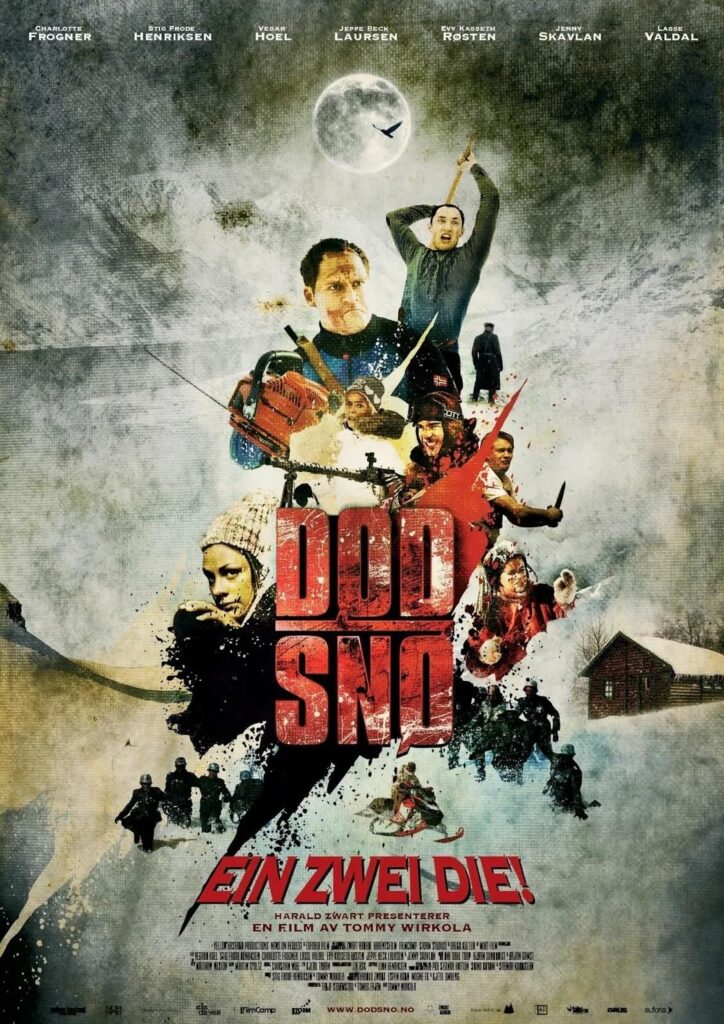
Dead Snow is a Norwegian horror-comedy that blends winter survival with undead terror. A group of friends on a skiing trip accidentally awaken a group of Nazi zombies buried in the snow. The snow-covered landscape serves as both a picturesque setting and a deadly trap, with the characters’ isolation making it nearly impossible to escape the relentless zombie horde. The cold, unforgiving environment adds to the intensity of the horror, as the characters are forced to fight for their lives in freezing temperatures.
The winter setting amplifies the horror by restricting the characters’ movement and making them vulnerable to attack. The snow, once seen as a beautiful backdrop for a vacation, becomes an oppressive force that traps the group in a desperate fight for survival. The harsh conditions, combined with the relentless zombies, make every moment more intense and terrifying.
Let the Right One In (2008)
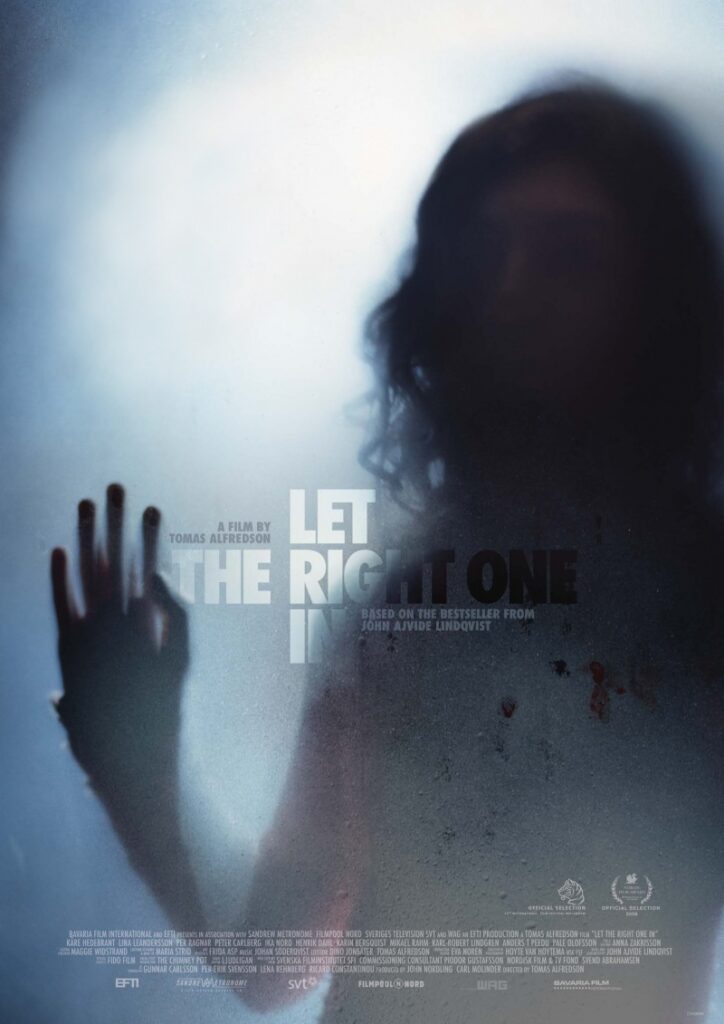
Set in a snowy suburb of Stockholm, Let the Right One In is a chilling tale of a young boy who befriends a mysterious girl who turns out to be a vampire. The cold, bleak winter landscape mirrors the loneliness and isolation the characters feel, as they struggle to find connection in a world that seems distant and uncaring. The stark, snow-covered setting enhances the film’s eerie atmosphere, creating a feeling of both beauty and menace. The frozen environment serves as a backdrop to the haunting events that unfold, adding to the film’s unsettling mood.
The winter setting in Let the Right One In highlights the emotional isolation of the characters. The snow-covered streets and the dark, frozen world outside reflect the internal coldness and detachment of the characters, making the horrors of the story even more poignant. The setting emphasizes the bleakness of their existence, where survival often means sacrificing humanity.
The Mist (2007)
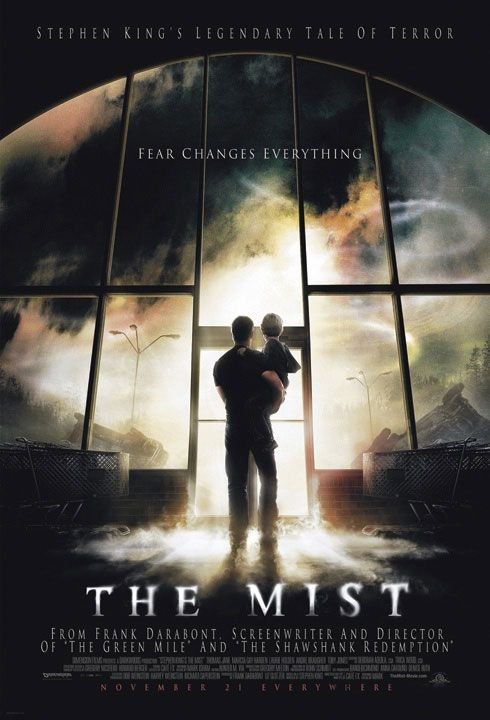
Frank Darabont’s The Mist takes place in a small town covered in a mysterious, suffocating mist after a violent storm. The cold, mist-filled environment traps the residents inside a supermarket, where they must fight against terrifying creatures that have come from the mist. The winter setting is critical to the film’s atmosphere, as the cold and isolation amplify the sense of danger. The characters must face not only the monsters outside but also the psychological toll of being trapped in the freezing environment.
The mist and cold outside create an oppressive atmosphere that fuels the film’s mounting tension. As the characters grow increasingly desperate, the winter weather becomes a symbol of their entrapment. The unforgiving cold and foggy environment plays on the primal fear of the unknown, making the horror feel even more imminent.
The Others (2001)
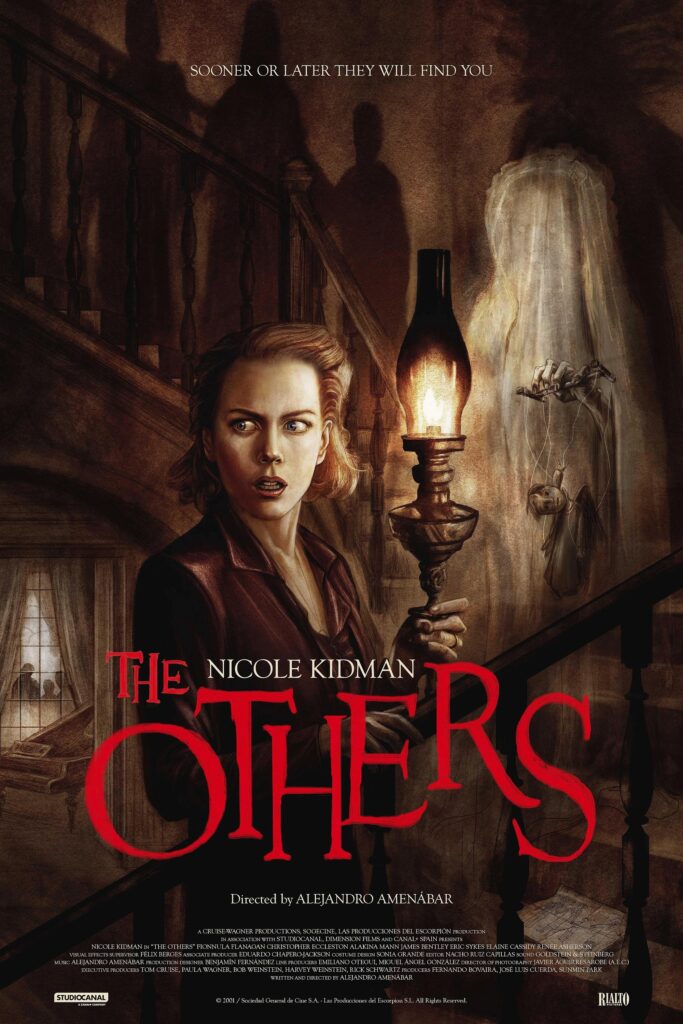
Set in a remote country house, The Others blends psychological horror with supernatural elements. The isolated setting, surrounded by bleak, windswept landscapes, plays a major role in the story’s chilling atmosphere. The cold and dark interiors of the house, combined with the constant threat of something lurking in the shadows, create an eerie sense of dread. The oppressive winter weather outside adds to the sense of entrapment, leaving the characters with no way to escape from the haunting horrors they face.
The stark, cold environment of the house mirrors the emotional distance between the characters, enhancing the feeling of isolation. The relentless winter weather heightens the tension, making the house feel like a prison from which there is no escape. The atmosphere is further intensified by the gradual revelation of the supernatural presence, making each moment more unnerving.
Black Christmas (1974)
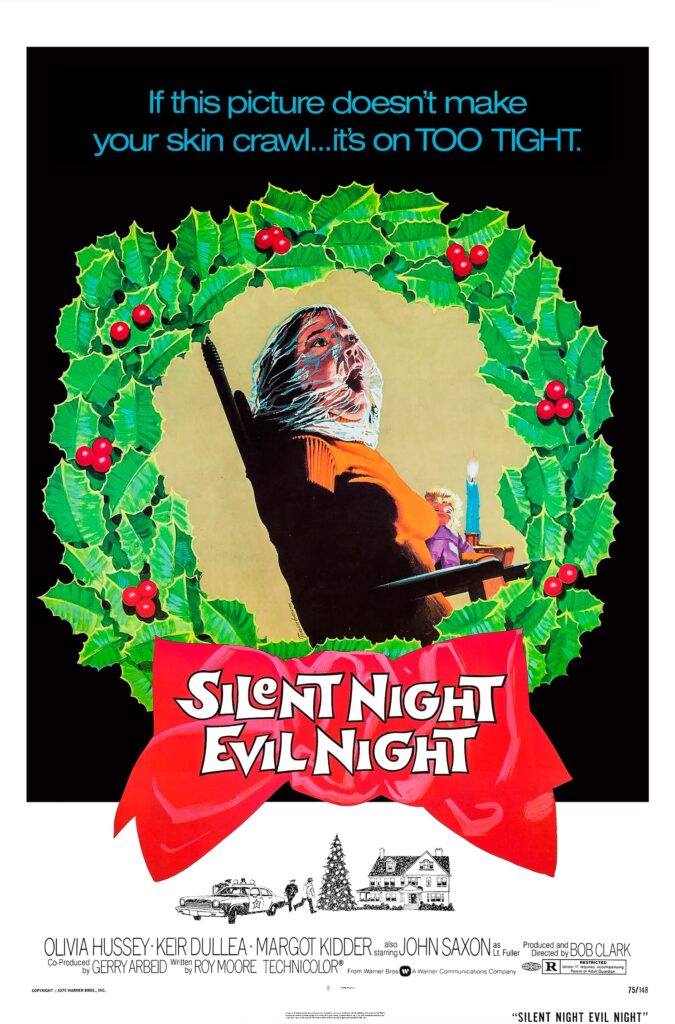
One of the earliest slasher films, Black Christmas, uses its winter setting to intensify the tension. A group of sorority sisters is stalked by a mysterious killer during the Christmas holiday. The snow-covered campus and the chilling cold outside provide a stark contrast to the horror unfolding inside the house. The winter setting amplifies the sense of isolation, as the characters are trapped in the house with the killer, unable to escape the relentless terror.
The snow-covered exterior adds an extra layer of danger, as the women are cut off from help by the stormy conditions. The cold outside and the confined indoor space work together to create an atmosphere of claustrophobia, making the film’s suspense even more palpable. The winter setting heightens the horror, as it traps the characters in a place where they are vulnerable and isolated from the world.
This article originally appeared on Avocadu.
